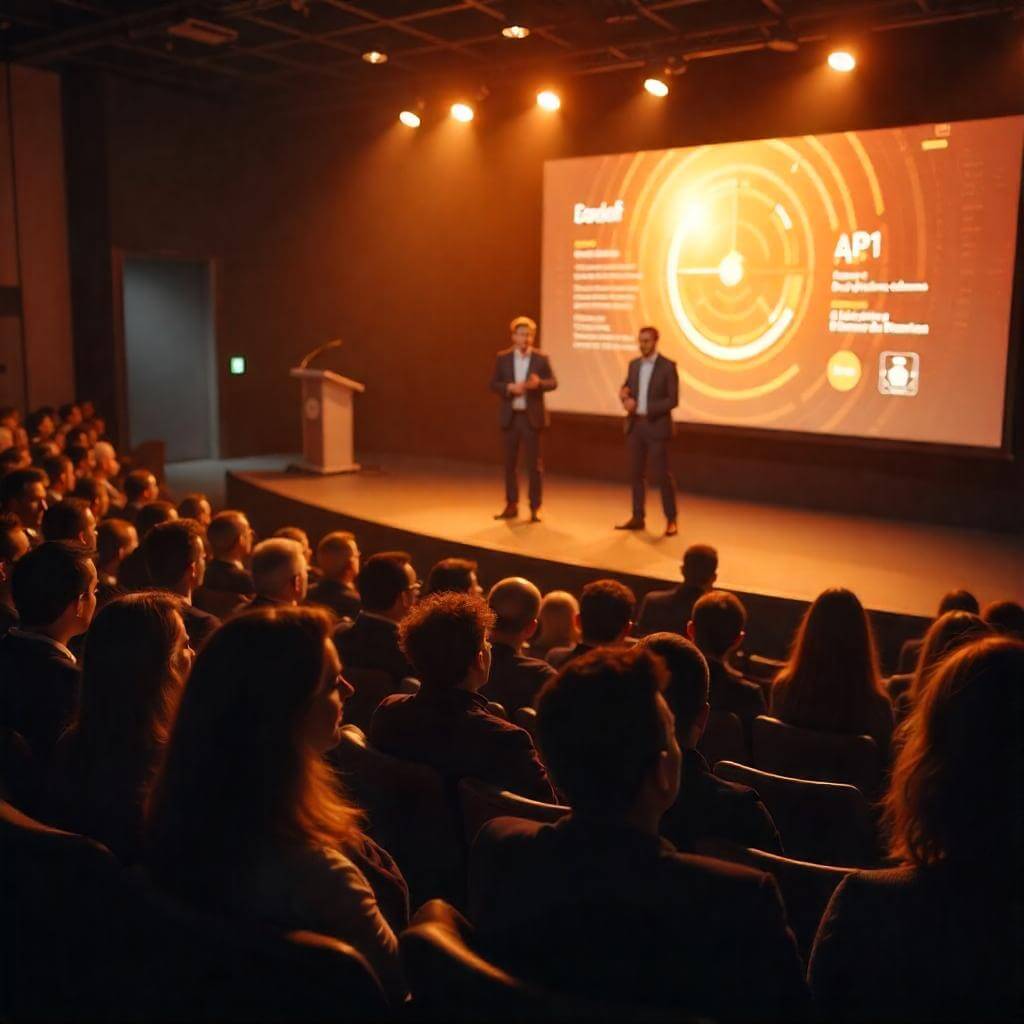
Microsoft, like many other firms in the technology world, has not been spared from organizational restructuring and layoffs. Over the past 18 months, Microsoft has initiated several rounds of layoffs which have affected thousands of employees across the Xbox division, sales, marketing, and even engineering. These layoffs signify a strategic shift as the company seeks to focus more on AI (artificial intelligence), cloud services, and advanced hardware technologies. This article aims to present all Microsoft’s layoffs in detail with their rationale, impacted divisions, and what it hopes to convey about tech’s future.
Timeline of Major Cuts
Recent events reveal that Microsoft’s ongoing layoff saga is both systematic and detailed. It all began in early 2024 when the company announced roughly 1,900 jobs would be removed after purchasing Activision Blizzard for $69 billion. This first surge impacted members within the Xbox team and subsidiaries of Activision.
As we move forward through 2024 Microsoft continues to cut roles:
May 2024: Closure of studios like Tango Gameworks and Arkane Austin leading to massive headcount reductions.
June 2024: Cut around 1,000 positions in the Azure and HoloLens divisions as the company reorganized its cloud and mixed-reality projects.
September 2024: Further cost optimization efforts within the Xbox business unit resulted in 650 layoffs.
In May 2025, Accelerated restructuring efforts by slicing an additional 6,000 jobs in product development, sales, and customer-facing functions, which was close to 3% of their total headcount.
This trend is expected to continue into summer , with reports suggesting another round of layoffs targeting global sales operations and the Xbox teams by late June.
Key Divisions Affected by Microsoft Layoffs
1, Xbox and Gaming Studios
Soft’s gaming division has experienced some of the largest staff decreases. Employees in Xbox, Bethesda, Obsidian, and even 343 Industries have faced deep cuts. Additionally, it seems that regional distribution centers for Xbox are being downsized too; specifically those located in Europe are seeing bigger cutbacks than other regions.
The motives for these stem from two main factors:
- The corporate integration of Activision Blizzard’s teams post-acquisition.
- Strategic pre-launch preparations aimed at managing expenses leading up to the next generation console release.
2, Sales and Marketing
Microsoft is changing the structure of its sales and marketing teams the most out of all the departments in the company. Entire roles within customer support, global sales, as well as regional marketing are being merged or eliminated altogether. This change coincides with Microsoft’s attempts to improve its coder to manager ratio alongside shifting to more streamlined teams to accommodate the increasing AI and cloud portfolios for the company.
3, Engineering and Product Teams
While there continues to be a strong focus on engineering as part of Microsoft’s AI initiatives, other areas of software or product engineering that are either being discontinued or integrated into more comprehensive solutions that are enduring changes remain further towards the periphery.
Why Is Microsoft Cutting Jobs?
- The AI Transformation
It these employee reductions which remain so pronounced in particular divisions has been fueled by a shift toward artificial intelligence-strategizing that has been staples from within Microsoft, especially pertaining to new initiatives regarding digital assistant tech such as Cortana features released years later into their newly Goodman-signed contract encompassing operations centers combined with their exabulance brand’][‘h lending bid: upaidoboostrated workloads representatives kept floating up.)
- Restructuring After Acquisition
Microsoft is focused on eliminating redundancies and overlapping roles after the Activision Blizzard acquisition. While reorganizing operational structure is typical following a merger, Microsoft’s pace with which they are consolidating their marketing and gaming divisions stands out.
- Cost Reduction
The need for improved margins, especially around infrastructure costs such as supporting AI services, places Microsoft under pressure to optimize its margins. The layoffs are a part of broader operational restructuring alongside shifting focus towards high-growth domains like cloud computing, next-generation hardware, or even AI.
The Human Impact
In light of these changes, the strategic vision Microsoft is working towards becomes clear; yet there is an undeniable human impact that stems from it. The uncertainty surrounding employment impacts thousands of former employees who contributed to the success Microsoft experienced in sales, gaming, and product development. Even with stated offers for career transition assistance, severance packages, and other supportive measures put forth by Microsoft, the disruption caused to families is simply too great.
General Trends
Microsoft’s layoffs reflect a broader trend in the tech sector. Amazon, Google, and Meta have all made headlines over the last two years with aggressive job cuts aimed at streamlining operations, focusing on AI, and increasing profits in a post-pandemic world where growth has leveled out.
Altogether, these companies appear to be restructuring their operations around newer technologies such as Artificial Intelligence (AI), often pulling resources away from established business segments and older products. One of the most noticeable shifts Microsoft’s Restructuring illustrates is this focus realignment shift.
What Do Microsoft Have Planned Next?
In the near future, Microsoft is predicted to further optimize its workforce when it:
Is gearing up for next-generation Xbox launch.
Expands its AI driven services.
Integrates further into its cloud, gaming and productivity hubs.
Financially, Microsoft still remains strong due to substantial income from Azure, Office 365 subscriptions, and Xbox Game Pass. These factors give Microsoft an edge while executing aggressive workforce adjustments while still achieving their targets for cost control pundits suspect.

Conclusion
The layoffs in the organization reflect the ongoing changes in the technology sector, as well as the difficult choices companies have to make to stay relevant. These changes indicate an impending focus on AI while also affirming the constant flux of jobs in tech, highlighting the need for adaptation at a moments notice. As a business, it is steering towards providing its workforce with agility and focus which will likely shape other companies undergoing such transformations.
Read more: https://pulsepress.info/ https://buzzbriefing.xyz/



